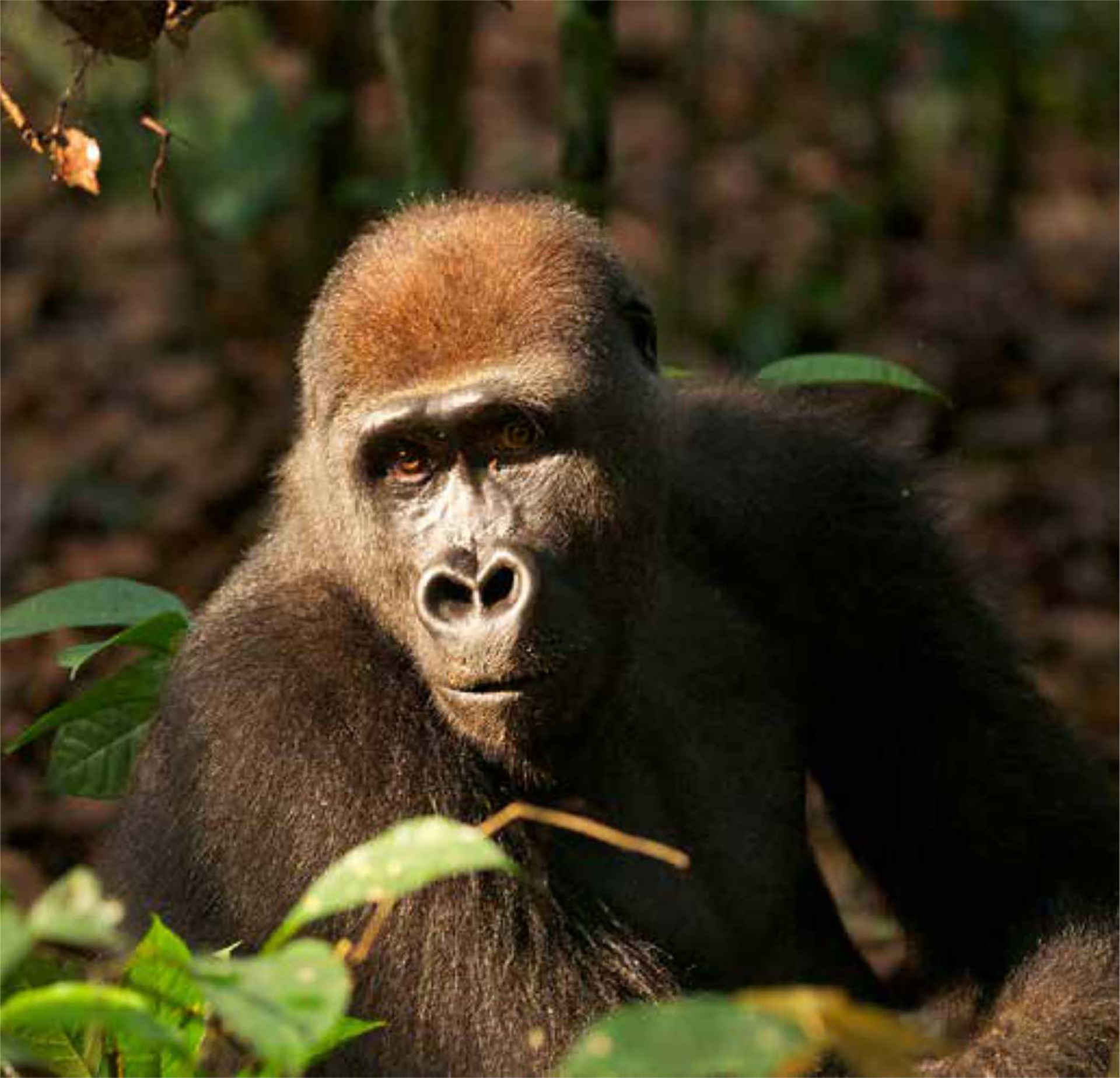It may come as a surprise to many that peatlands represent the world’s largest terrestrial organic carbon stock. Despite this startling fact, only recently have these ecosystems received attention for the critical role they play in climate action. So why are Peatlands so important?
On 15 November 2017, UN Environment – in collaboration with over 20 partners – launched the Rapid Response Assessment report - Smoke on Water - Countering global threats from peatland loss and degradation at the UN Climate Change Conference COP23 in Bonn, Germany.
More than 180 countries house peatlands, but the world is only just beginning to understand the important role they play in the effort to curb rapid climatic changes across the globe.
“When I came to Bali Indonesia in 2007, there was hardly any talk of peatlands. Discussions revolved around forests,” shared Executive Director of UN Environment Erik Solheim. He emphasised that despite their importance, peatland ecosystems have been ignored for over a decade in climate change discussions.
We have misused and taken these precious ecosystems for granted, often seeing them as unproductive or hostile lands that need to be drained for human use when desired.
As a result, peatlands continue to face imminent and existential threats from rapid agricultural expansion, human development and uncontrollable wild fires. All of which pose additional environmental and health challenges. While peatlands are under pressure from a range of human activities, drainage is the immediate and most wide-ranging global threat to the integrity of these ecosystems.
If we are to remain within the 2-degree target, it is imperative to conserve these valuable assets to support climate action at international, national and regional levels. Otherwise, the efforts demonstrated by the Parties to the UNFCCC to reduce their share of carbon emissions through their Nationally Determined Contributions (NDCs) and Adaptation Plans, would be in vain.
Further emphasising this fact during the proceedings of the meeting, Solheim stated that: “It is absolutely essential to conserve peatlands, because if we destroy them, whatever measures we take to curb emissions will be without meaning.”

Besides their ability to store carbon, peatlands are home to unique and endangered species, play a critical role in water purification and regulation, and support a host of other ecosystem services. As an example, in the Congo Basin, peatland ecosystems are the lifeline for communities and wildlife that depend on them for livelihoods and survival. Peatlands around the world provide a host of services including being an important source of food, medicinal plants and raw material for local communities.
The Cuvette Centrale peatland of the Congo Basin, is estimated to be the largest continuous peatland in the world. It interacts with a mosaic of rivers, forests, savannas, swamps and flooded forests, which teem with life. Endangered wildlife, including forest-dwelling elephants, chimpanzees, bonobos, and lowland and mountain gorillas inhabit this extensive tropical peatland.
The Republic of Congo, Democratic Republic of Congo, Indonesia and Peru are at the forefront of meeting the challenges of sustainably managing, protecting and restoring these fragile ecosystems. These countries have inspired each other, and many of them have established institutional frameworks to coordinate the sustainable management of peatlands within their territories and across boundaries.
The release of Smoke on Water - Countering global threats from peatland loss and degradation by the Global Peatlands Initiative is an important step by the Initiative partners to map out threats and provide insights on potential options and solutions to countering peatland destruction. The main message of the report is that while we may not know everything there is to know about, we know enough to take action now to preserve them.
The report serves as:
- An urgent call for decision makers to acknowledge the importance of peatlands and protect these critical ecosystems while preventing the carbon stored by them from being released into the atmosphere.
-
A call to all actors to identify where peatlands are found and halt actions that drive the degradation of these ecosystems.
-
An inspiration for stakeholders to take note and pursue solutions and innovations presented in the report.
-
An invitation for like-minded partners to join Global Peatlands Initiative and help chart a way forward for concerted climate action – for the climate, people and planet.
A further discussion and sharing of experiences, and insights, captured in the report was held during the Global Landscapes Forum on 19th December 2017. In early 2018, the partners will convene at the Third Partners Meeting of the Global Peatlands Initiative, to be held in the Republic of Congo, Brazzaville.
Recommended links:
http://www.globalpeatlands.org
http://www.grida.no/publications/355
https://www.youtube.com/watch?v=3TeL5Em2KhY
http://events.globallandscapesforum.org/agenda/bonn-2017/day-1/discussion-forums-3-parallel/global-peatlands-initiative/


